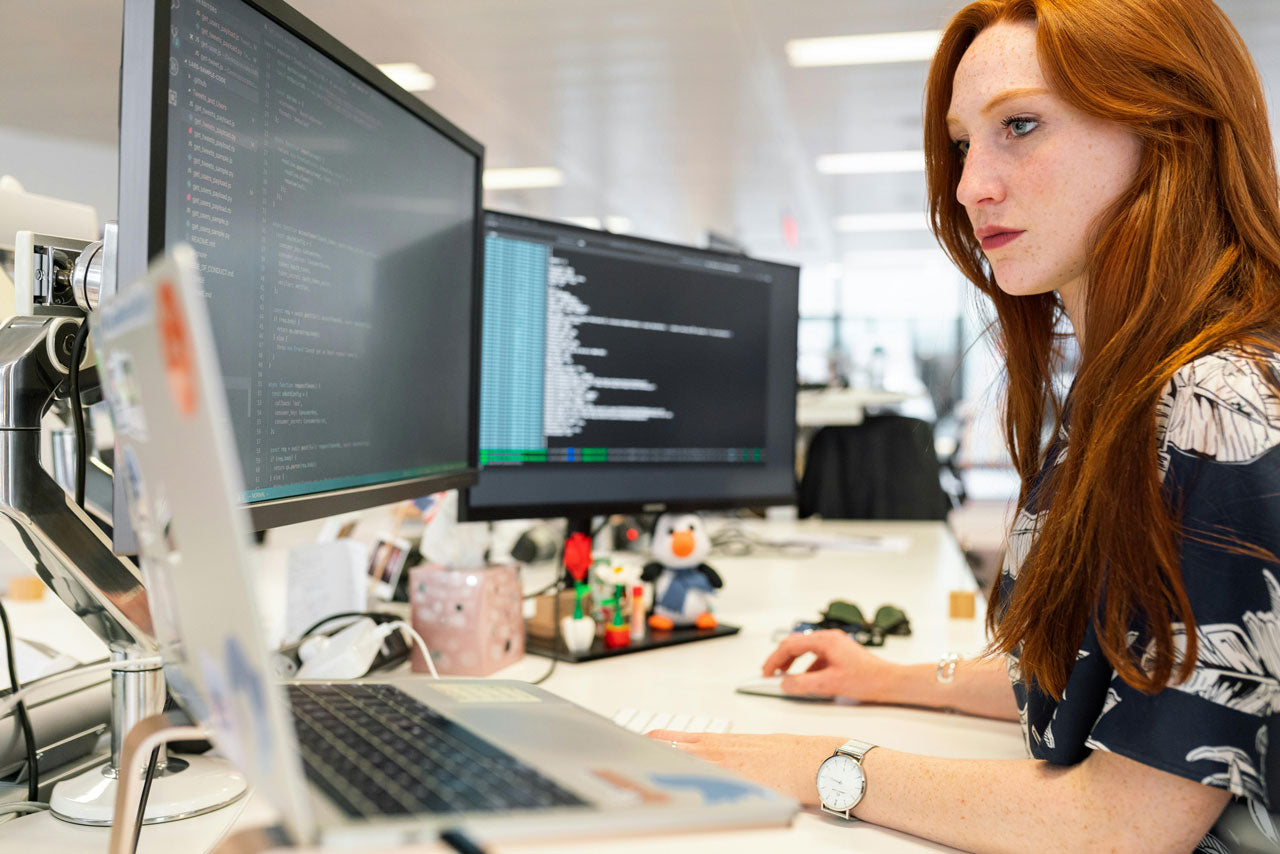
Tech Neck Isn’t Bad Habit You Need to Fix. It’s a Postural Pandemic Affecting Us All
Tech neck isn’t a personal failure—it’s a predictable response to how we work and live today. Forward head posture is a natural position that becomes harmful only when it turns into a default. Unde...
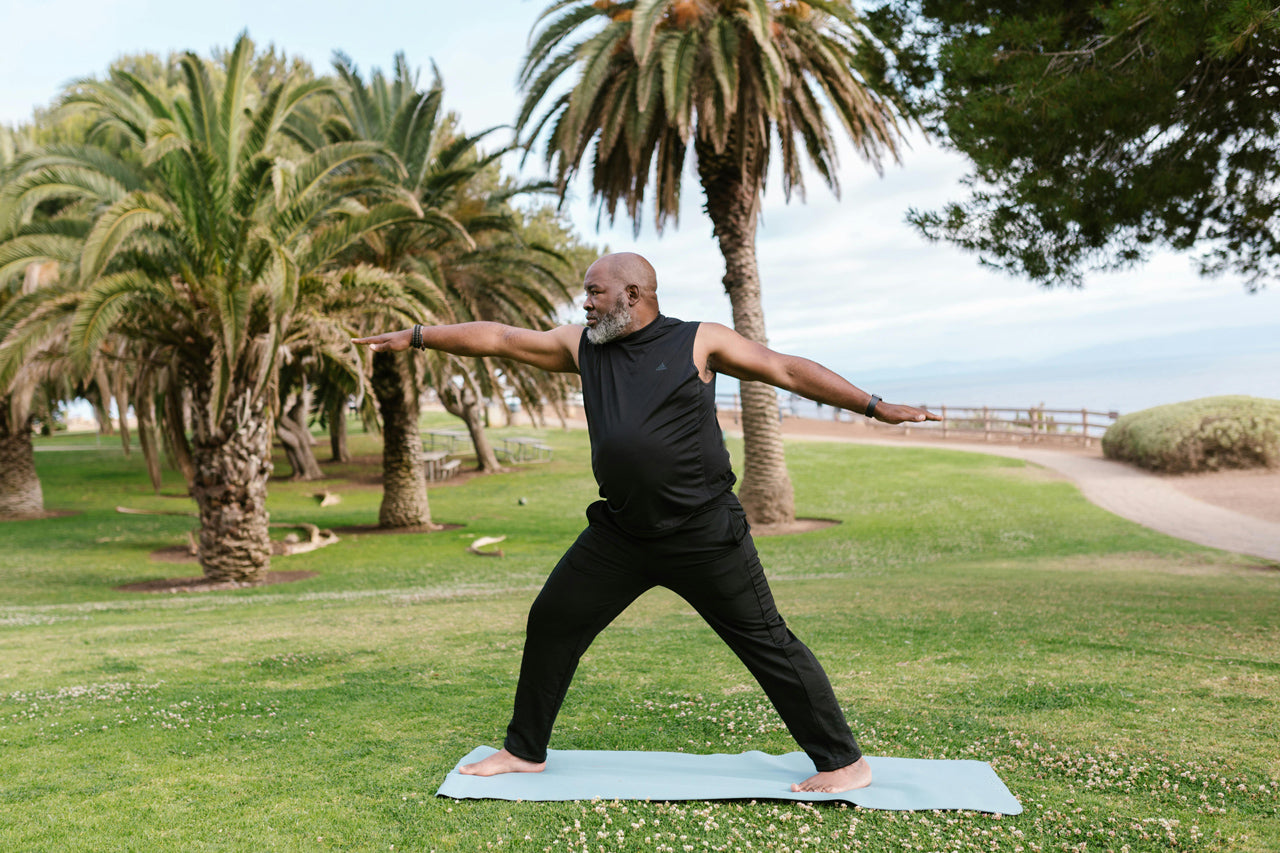
Grip Strength, One Leg Standing, and the Sit to Stand Test Three simple, at home tests provide insight into how long, and how well, we’re likely to live. Fortunately, our futures are not immutable,...
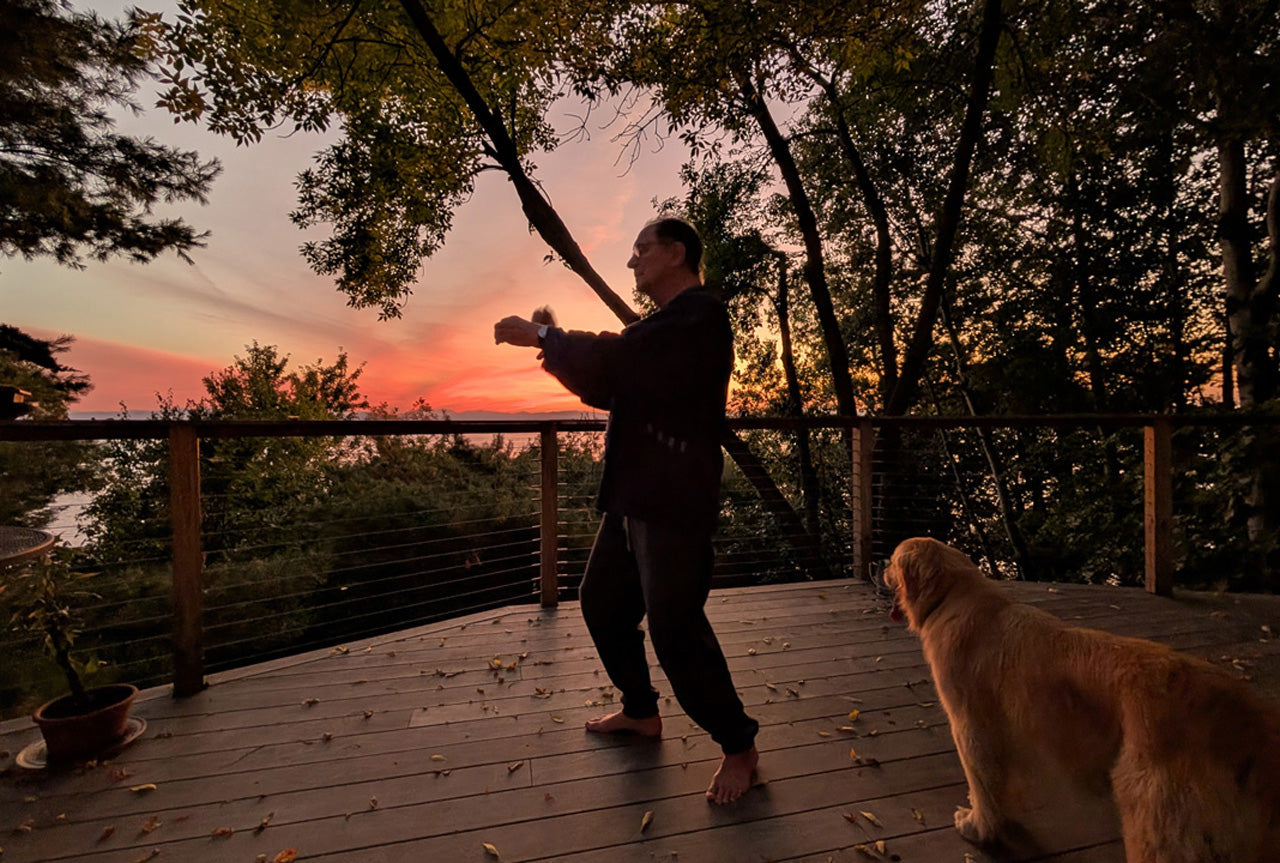
Tai Chi is an ancient practice long believed to have health benefits, a view that has been confirmed in over a thousand peer reviewed studies over the last two decades. Modern research methods find...
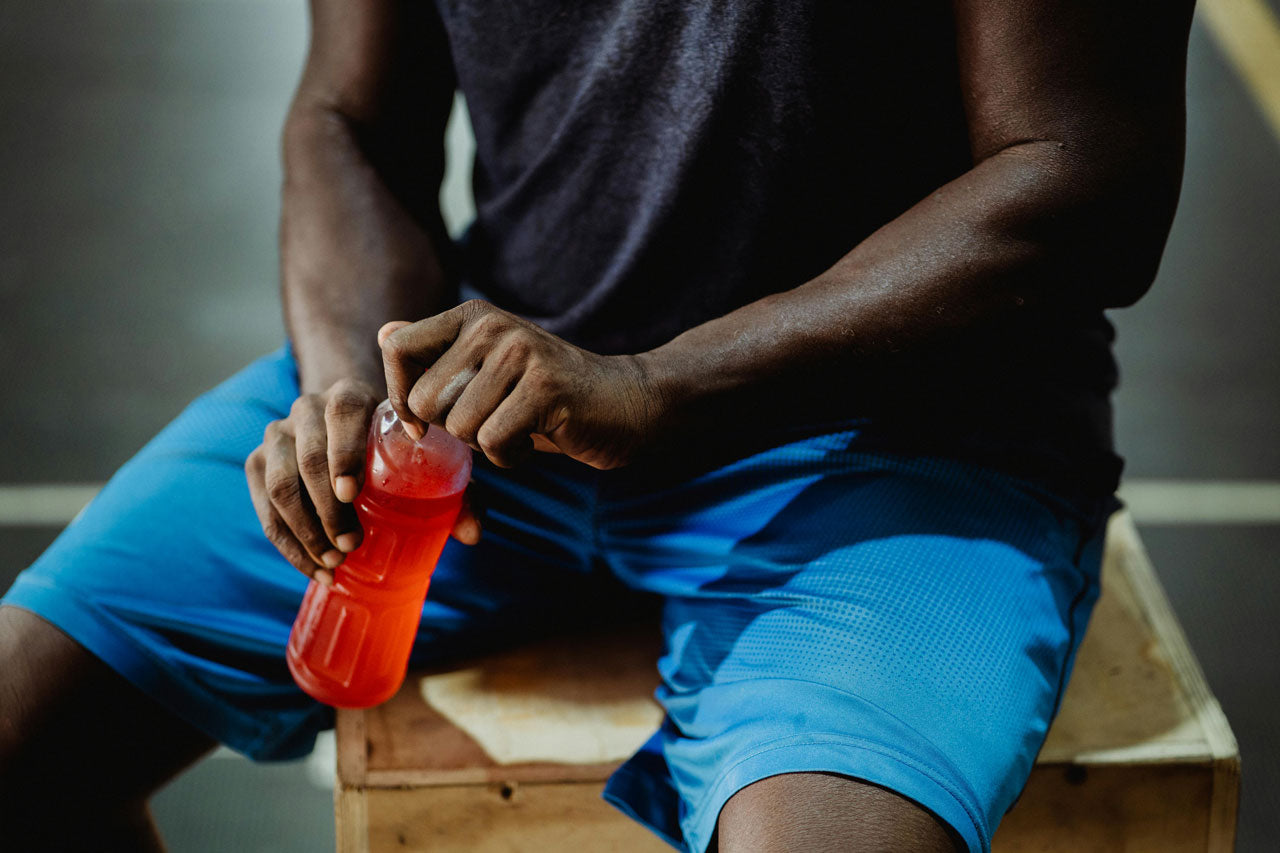
For most of history, humans were just another fragile primate, clinging to survival in Africa. Yet three unexpected abilities—intelligence, throwing, and sweating—pushed us from the brink of extinc...

The Surprising Downsides of Swapping Your Office Chair for a Yoga Ball
Yoga balls may seem like a healthy alternative to office chairs, but research shows they offer no real benefits and some drawbacks. Fortunately, better solutions for healthier sitting do exist.
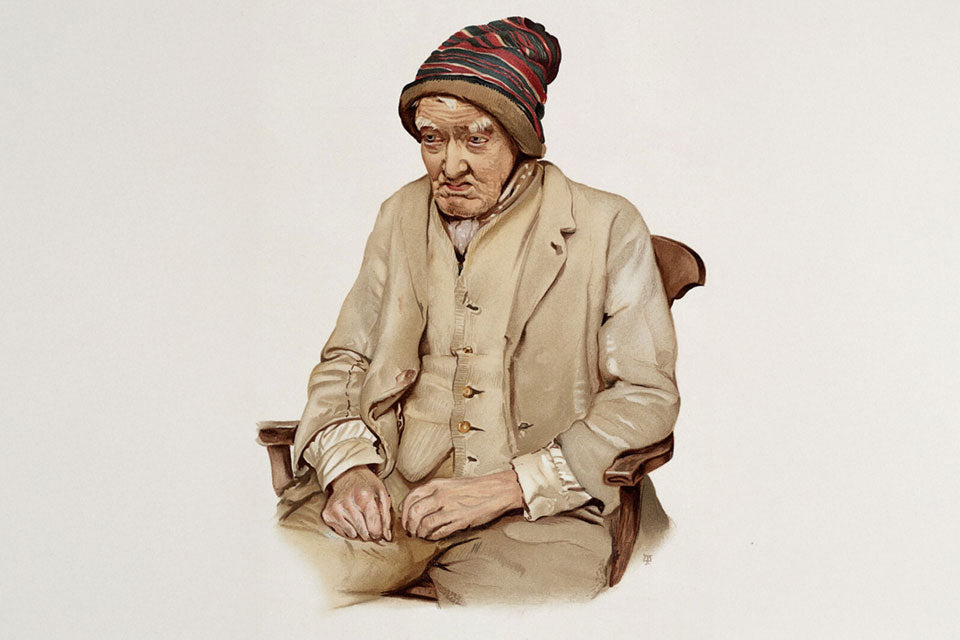
Sitting Isn’t as Bad as We Thought: It’s Worse
Sitting isn’t just bad for your posture—it may harm your heart, metabolism, and even your brain. Learn why movement matters, and how small changes—like active sitting—could make a big difference.
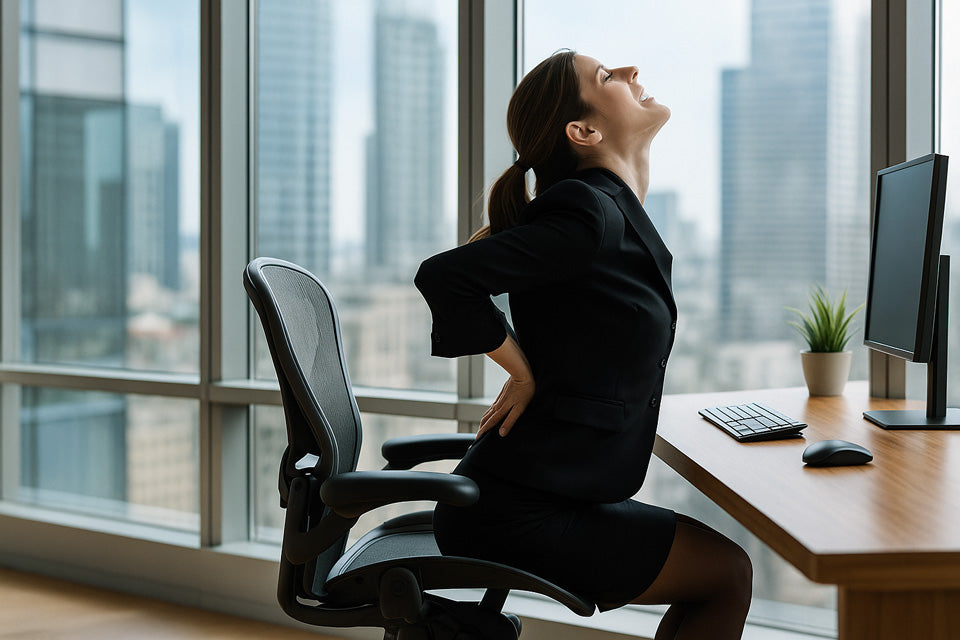
Lumbar support isn’t ergonomic salvation—it’s a marketing gimmick born from Herman Miller’s Aeron chair. Forcing spines into ‘90-90-90’ contortions creates pain; freeing knees below hips restores n...
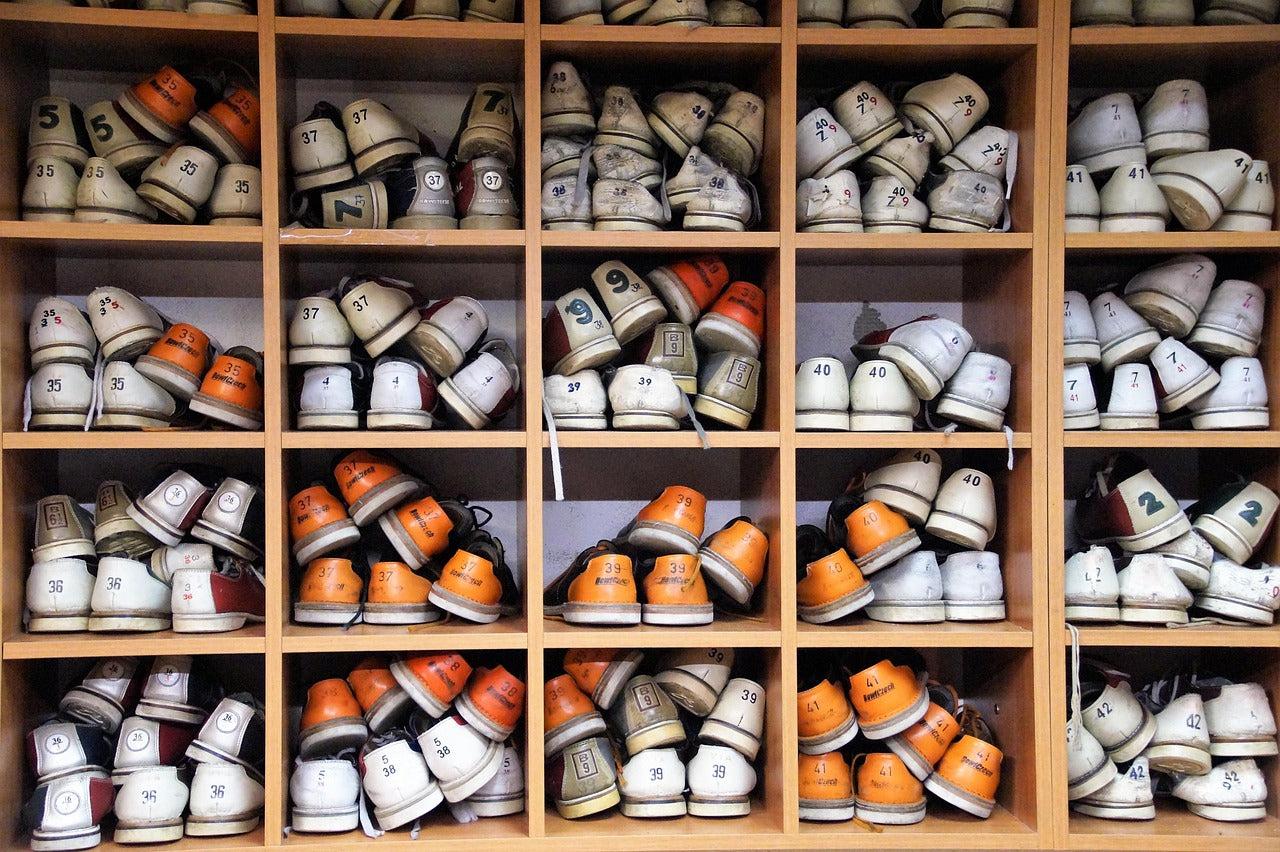
Are Office Chairs Really “One Size Fits All”?
The short answer is no. Because people come in such a wide range of sizes, the 5 inches of height adjustment available in office chair can’t possibly accommodate all people. So, the real question i...
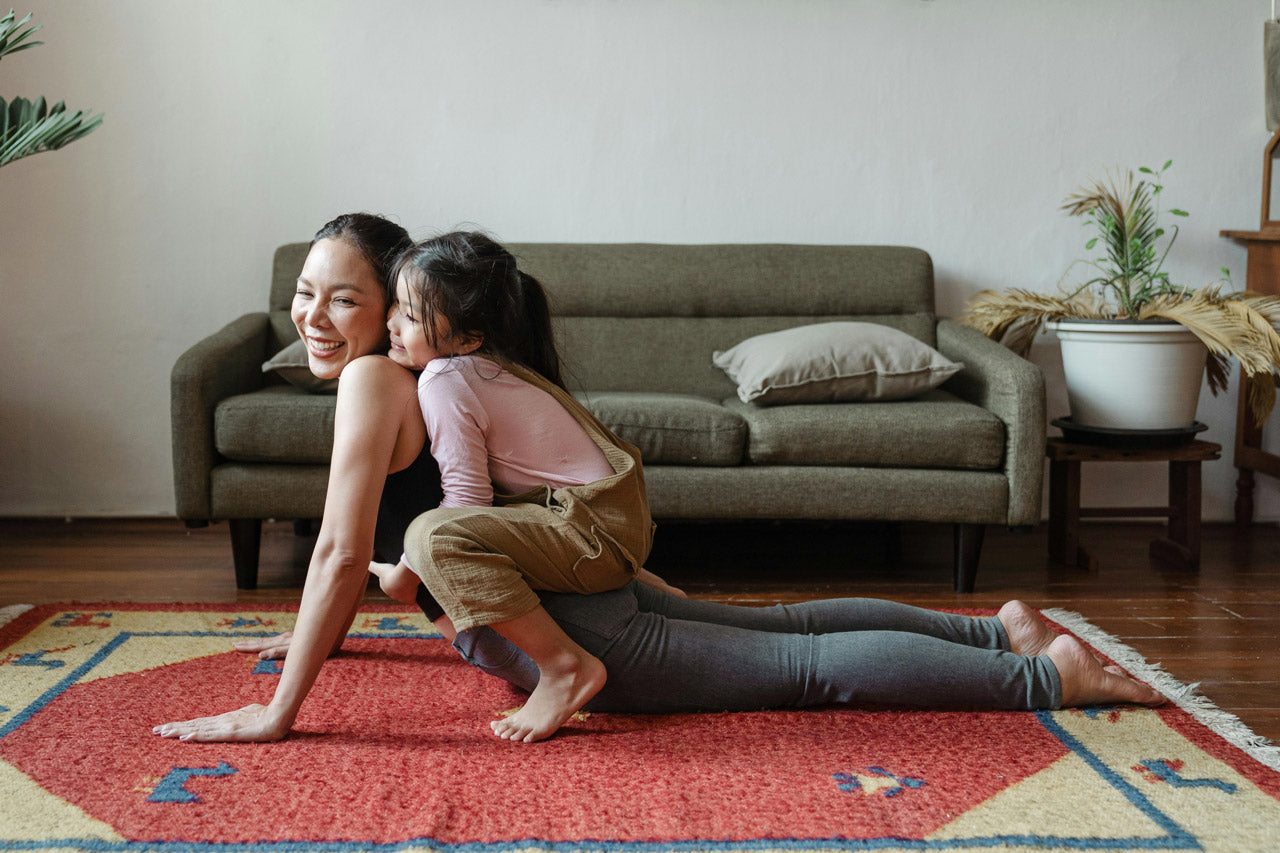
The Evolution of Posture and the Origins of Back Pain: a Return to Primal Posture
It’s been argued that our back pain shows that evolution hasn’t yet completed our transition to upright posture. But this isn’t right. Rather, it is our failure to use our spines as intended that i...
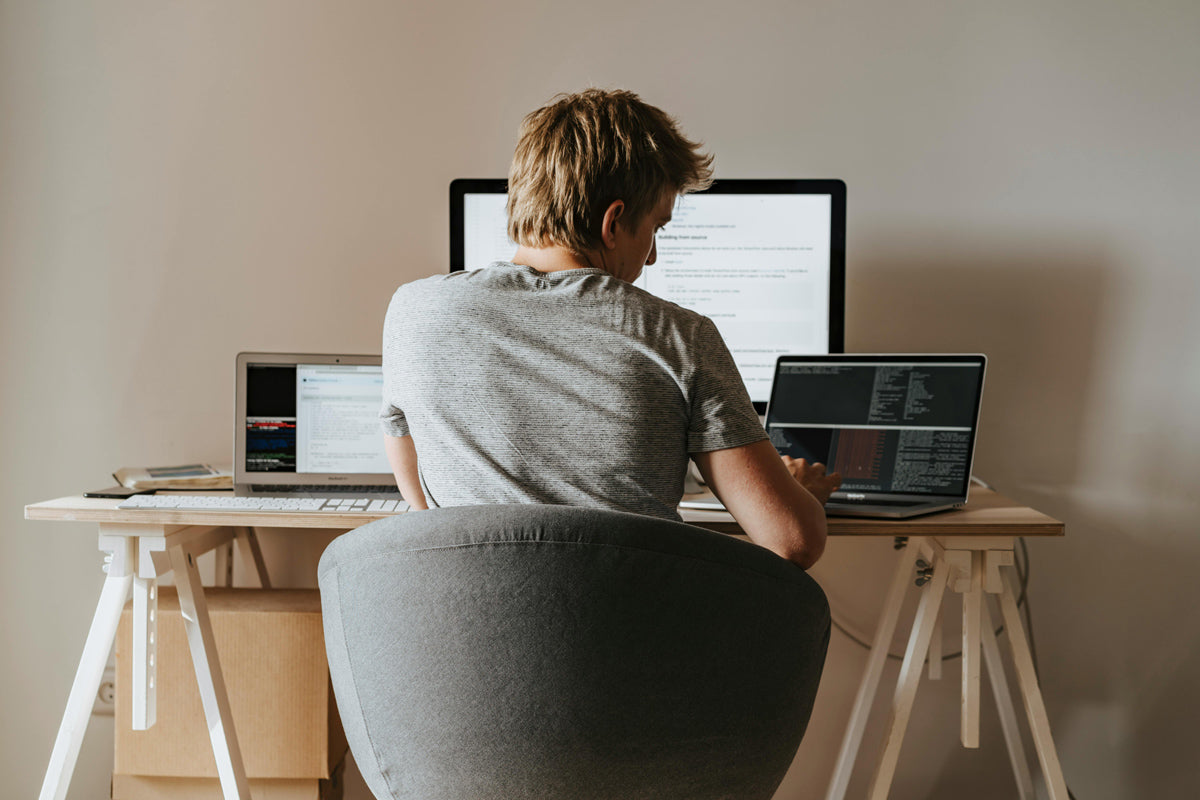
A Doctor Explains “Dead Butt” Syndrome
As a physician I winced when I first heard the name “dead butt syndrome”. Actually, I still do. But, as a lifelong medical researcher who occasionally strays onto the internet, I get it. If you wan...
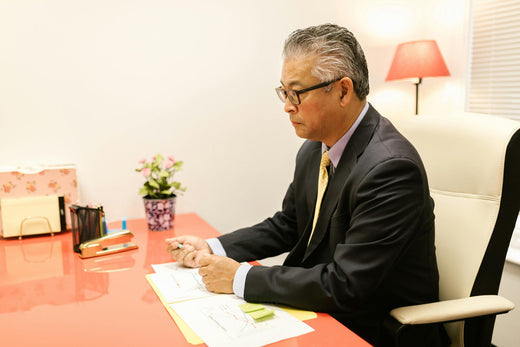
Why Can’t Physiotherapists Agree on the Best Seated Posture?
Physiotherapists often debate the "best" seated posture, but research suggests there isn’t a one-size-fits-all solution. The key is movement. Dynamic sitting—frequent shifts in position—helps reduc...
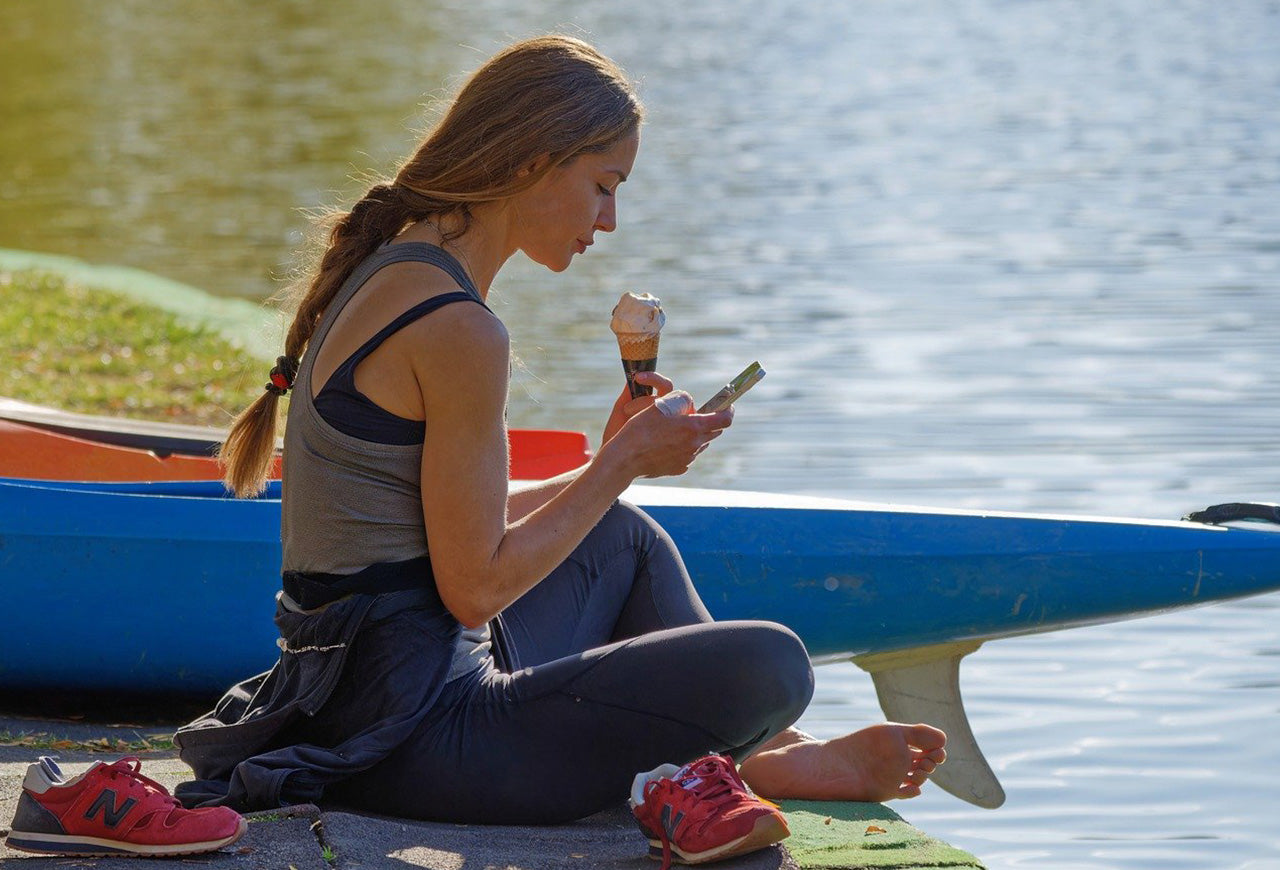
Now On Our Health Food Menu: Ice Cream topped with Maple Syrup?
The Obesity EpidemicEpidemiologist agree that America is facing an obesity crisis. Three-quarters of U.S. adults are now overweight or obese1, and about one in five children are obese.2 There are l...
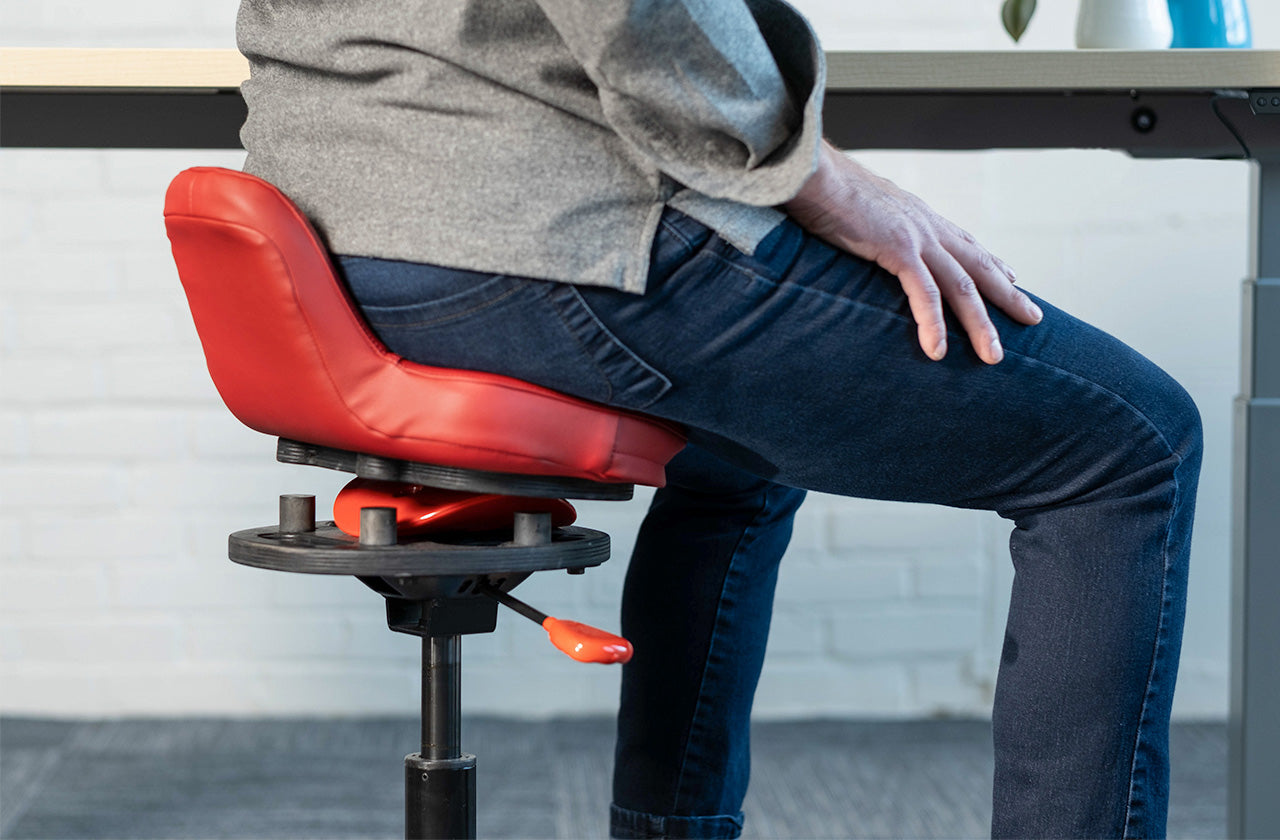
How and Why to Move More, While Sitting.
Sitting still all day can harm your health, even if you exercise. Try active sitting with an unstable chair or a wobble board to keep your muscles engaged. It’s an easy way to boost movement, impro...
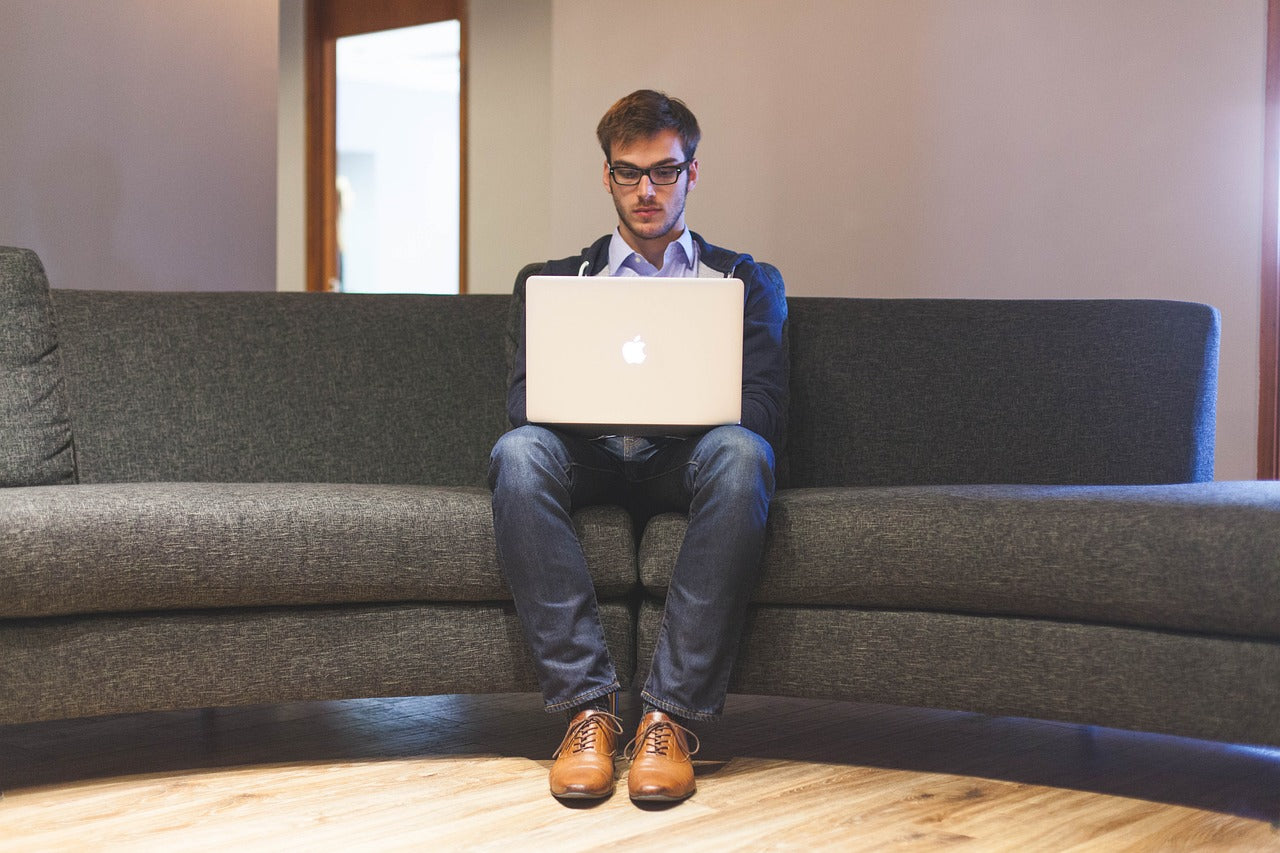
“Hunchback”: A Silent Epidemic and Posture as Prevention
Avoiding or improving a hunched back simply requires that we adopt a new spinal posture. But, because postural muscles are fundamentally different than normal muscles, changing one’s habitual spina...
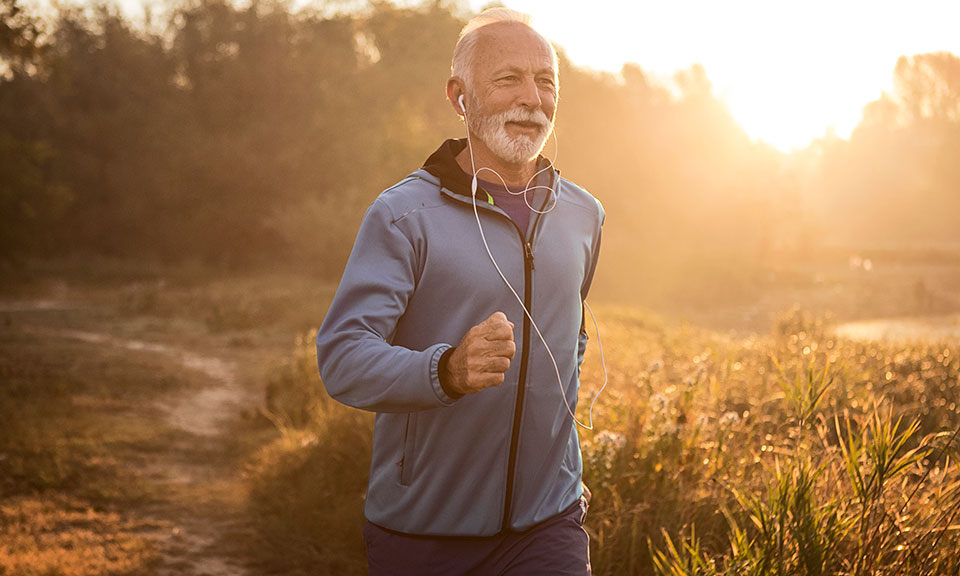
Running Is One More Thing Where Less Is More: Is there such a thing as too much running?
Exercise is well known for its health benefits, but recent research suggests that when it comes to running, less may be more. Studies show that light jogging—just a few hours per week at a slow pac...
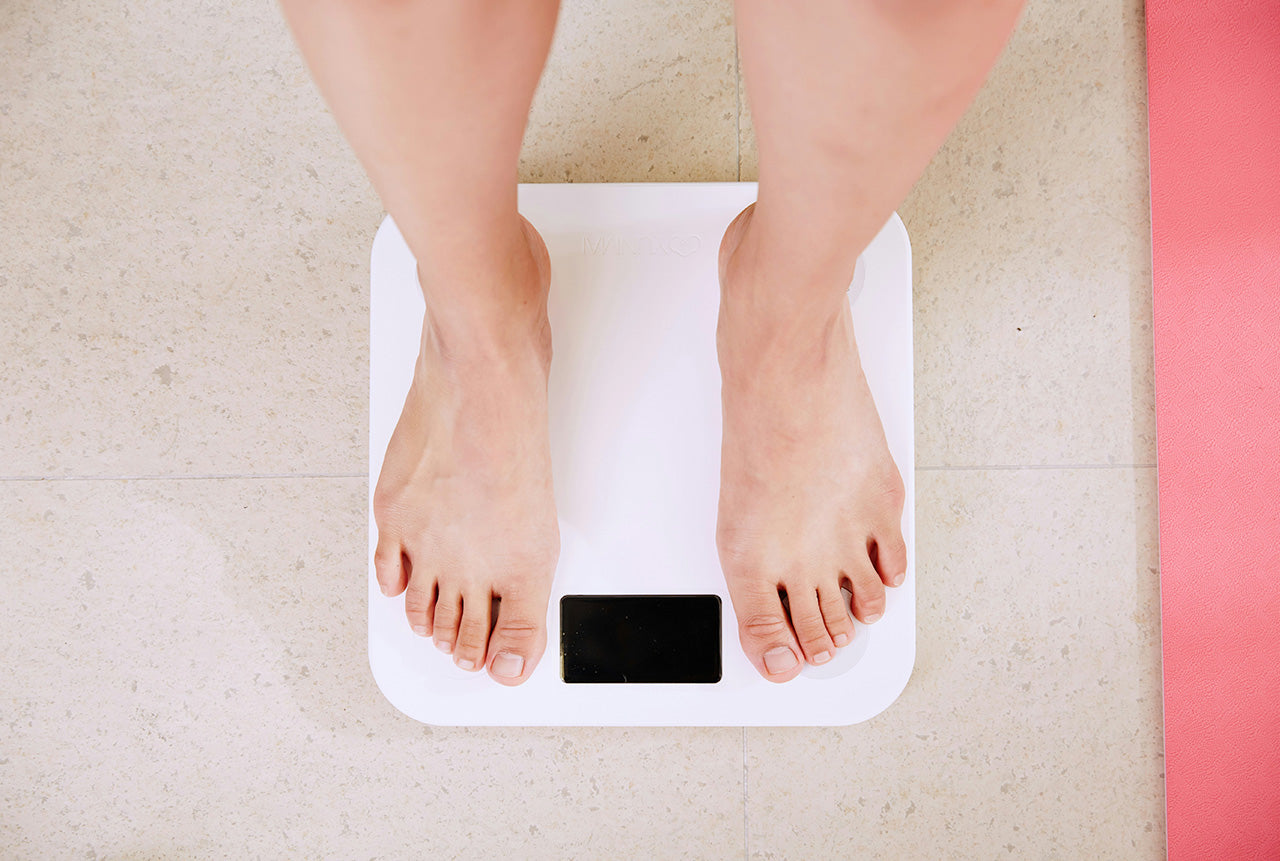
The obesity epidemic has surged over the past 50 years, with over 40% of Americans now classified as obese. This rise is linked to the increased consumption of ultra-processed foods, sugary drinks,...
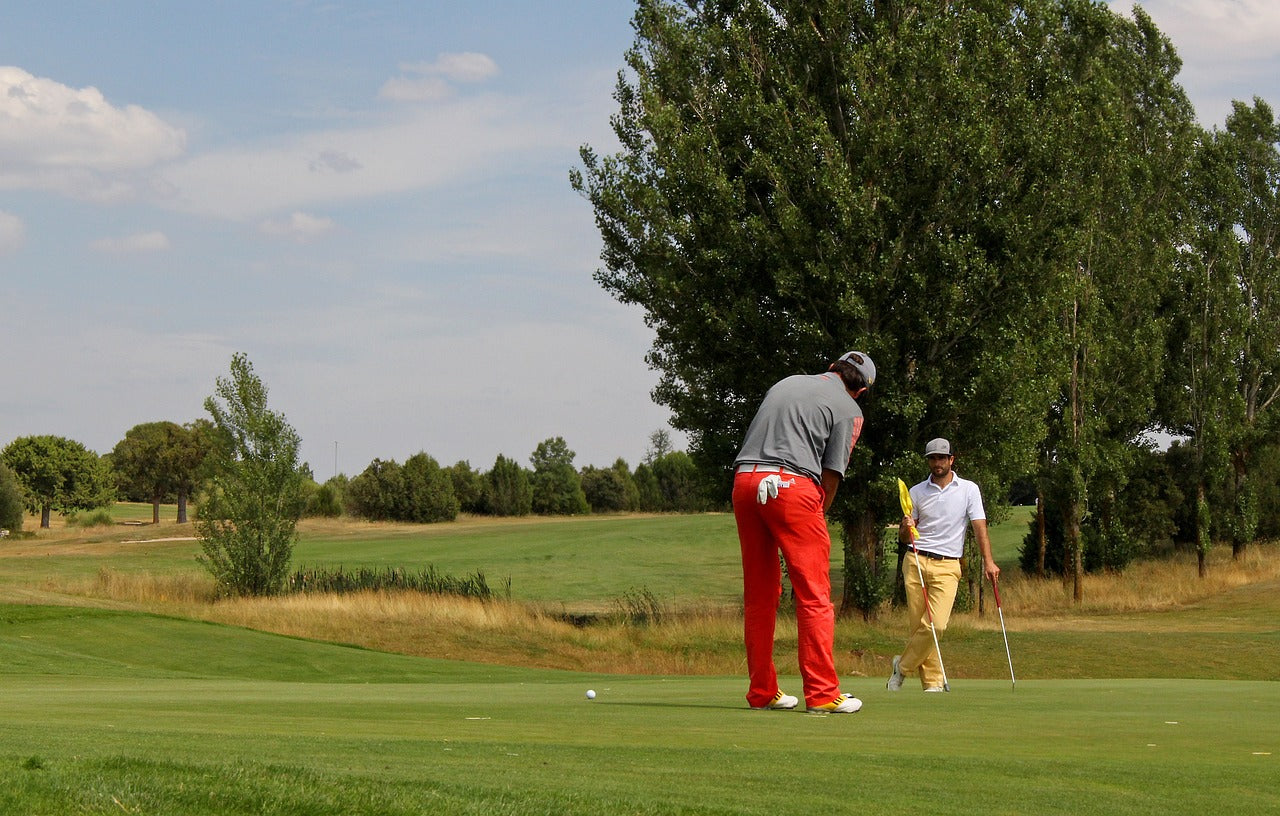
Golf, tracing back to ancient Rome, gained popularity in 15th century Scotland. Today, 40 million Americans play golf, continually aiming to improve their game. A key aspect of golf mastery is core...
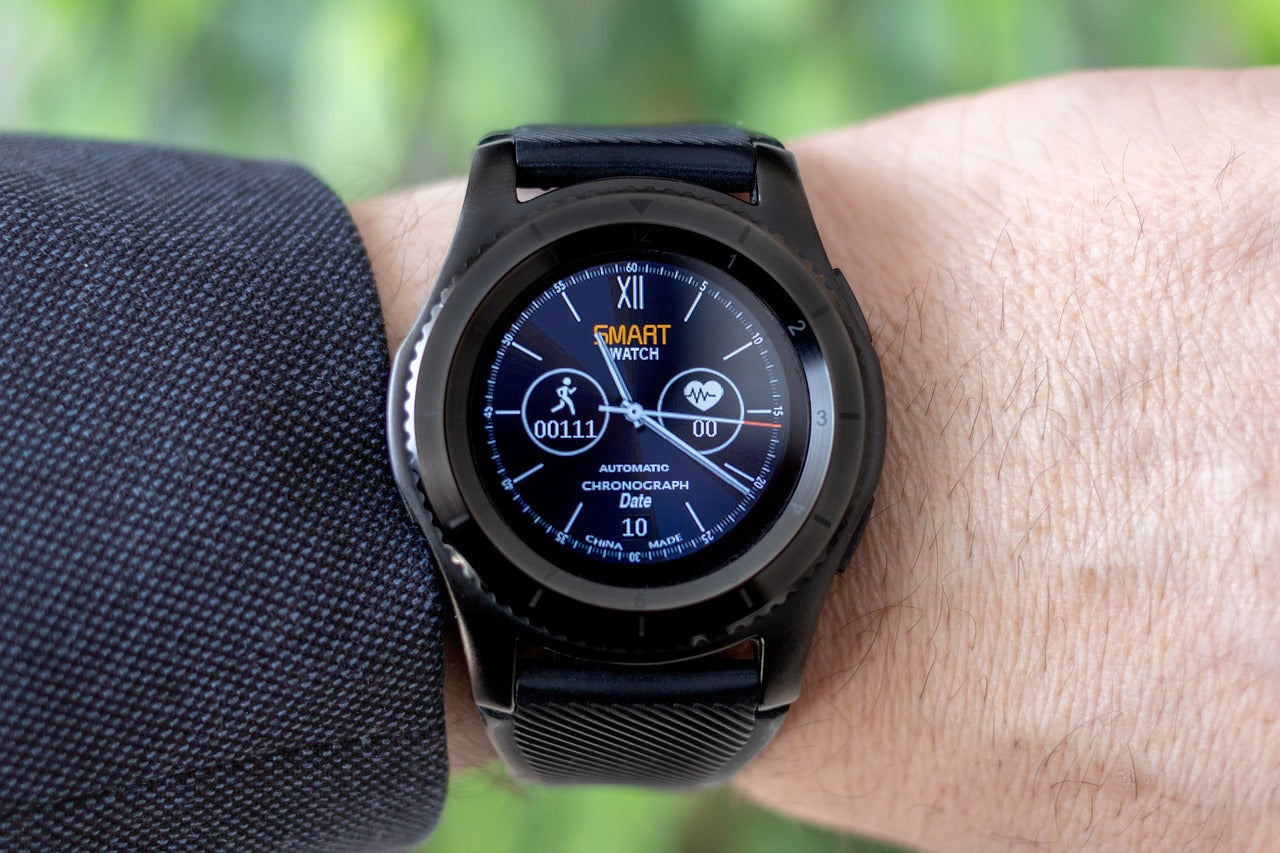
Step Counting Is Better than Minutes for Measuring Exercise
Recent research published in JAMA suggests that counting steps may be a more effective way to measure physical activity than tracking exercise minutes. This shift could make it easier for people to...
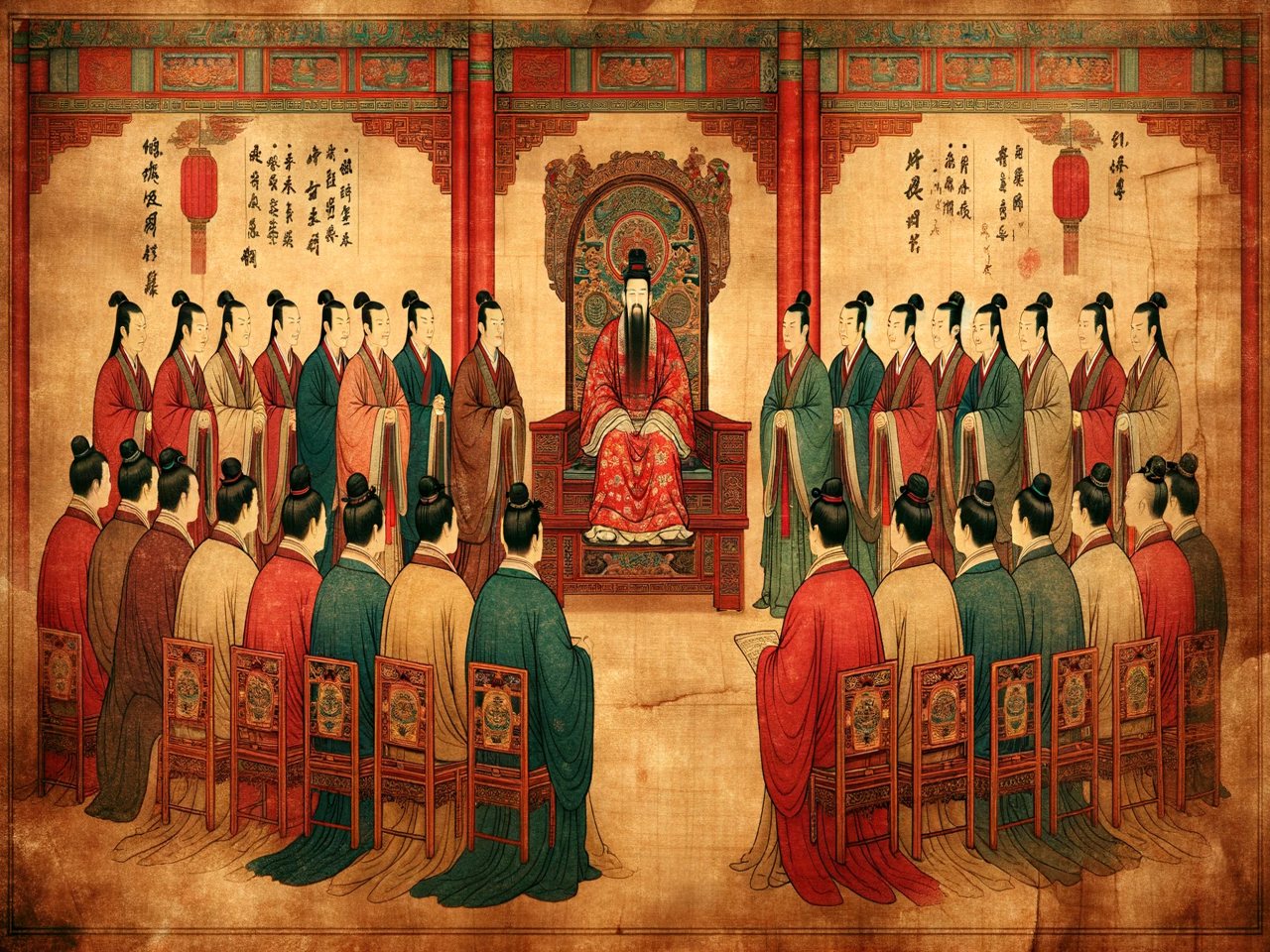
A Brief History of Active Sitting
Humans have been sitting for millions of years, initially favoring squatting over sitting due to its practical benefits. With the advent of agriculture, chairs evolved from simple stools to more el...
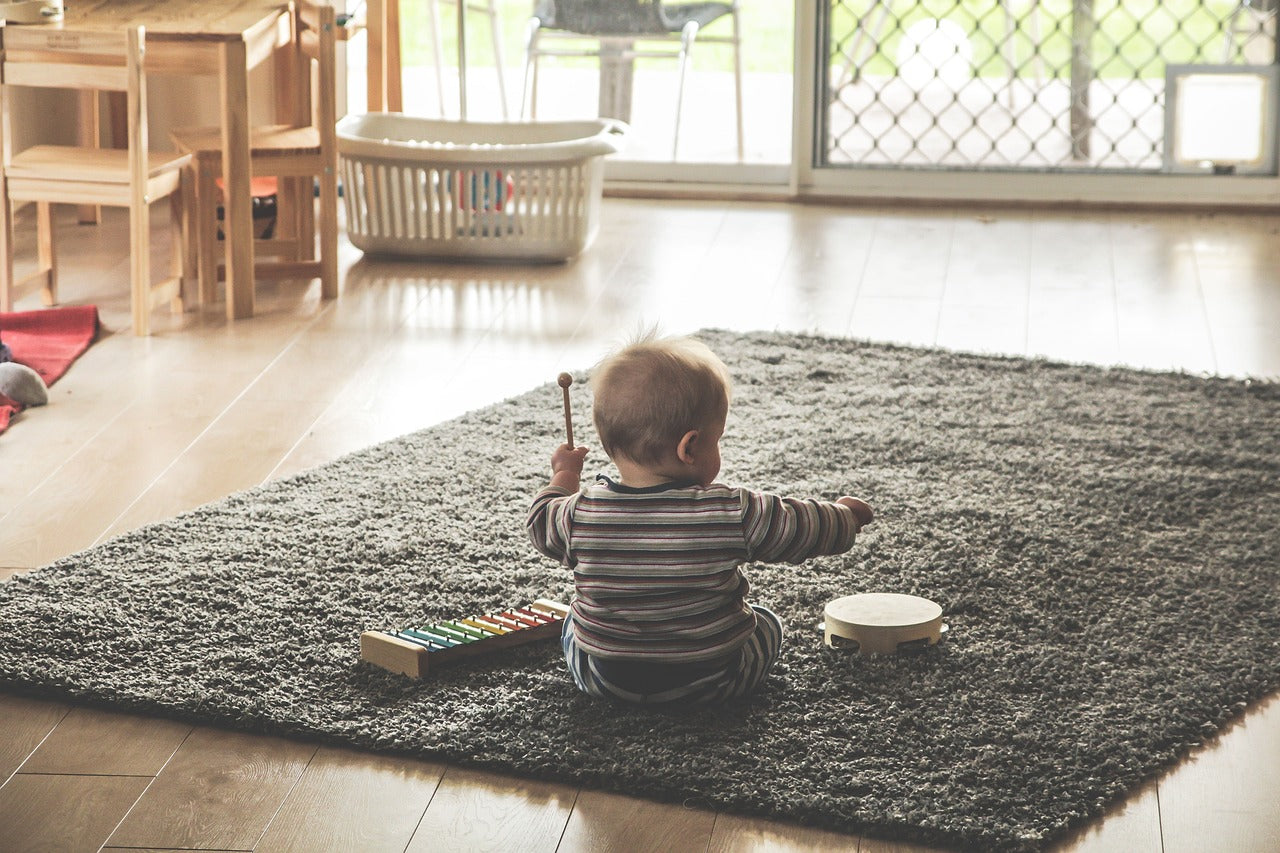
Kids, ADHD, and the Science of Sitting
Attention-deficit/hyperactivity disorder (ADHD) is an immense and growing problem for school age children, diminishing their ability to thrive in educational settings that often demand sustained at...
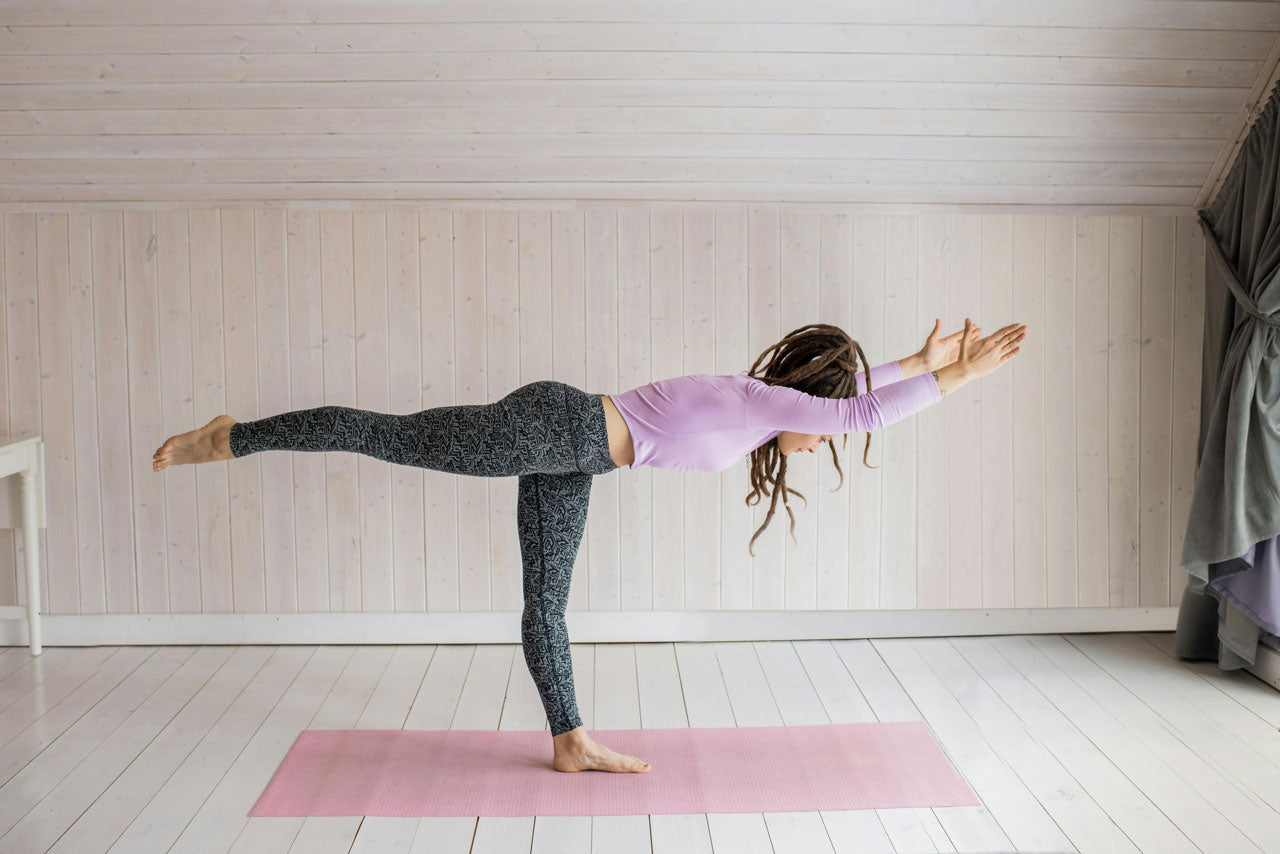
Better Balance For Better Health: an easy test predicts longer life
Balance is essential for health and wellbeing, so it’s concerning to learn that our balance begins to deteriorate precipitously after the age of 60. We humans are the preeminent bipedal species. Ou...
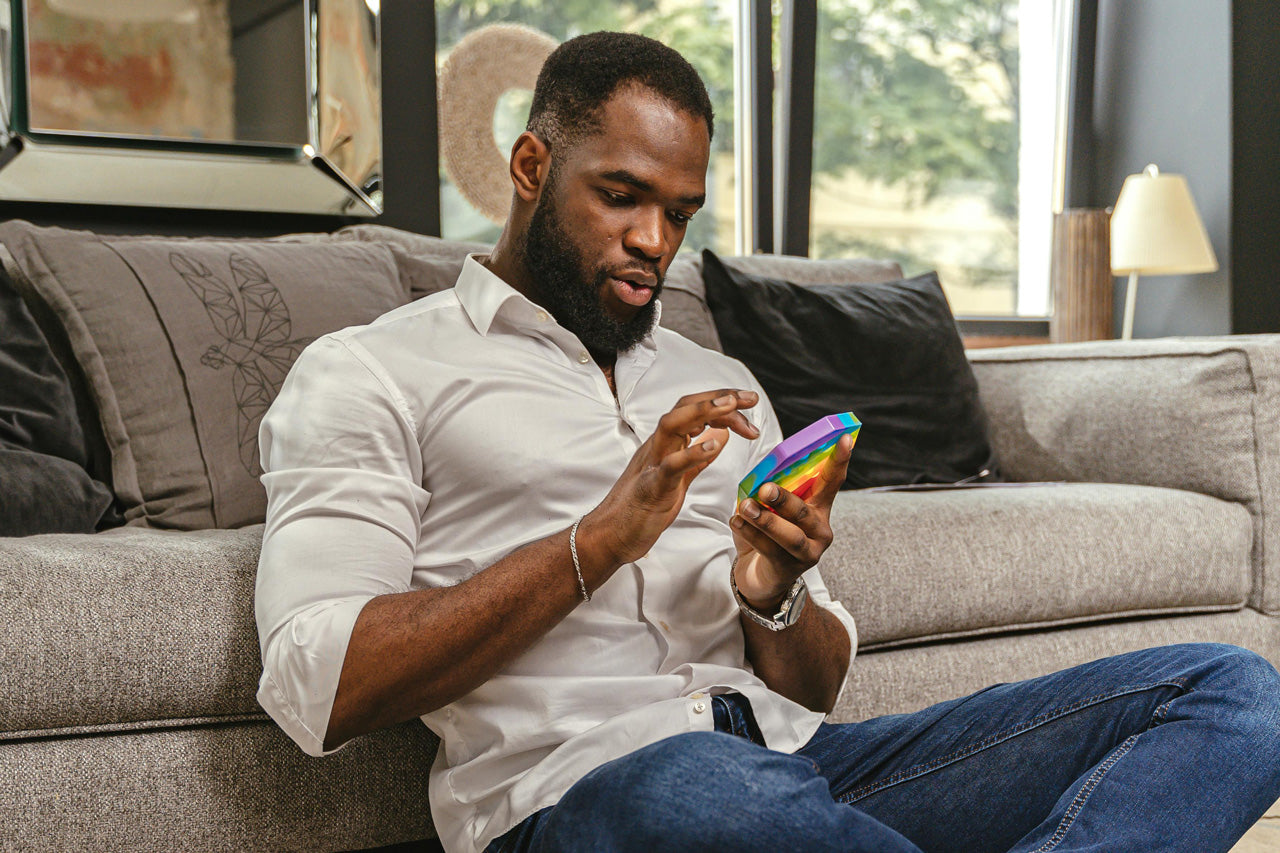
It’s Legit to Fidget: Not only is fidgeting natural, it’s essential for good health
Fidgeting, a natural and essential part of human movement, plays a crucial role in maintaining good health by helping to offload excess calories and promoting energy homeostasis.
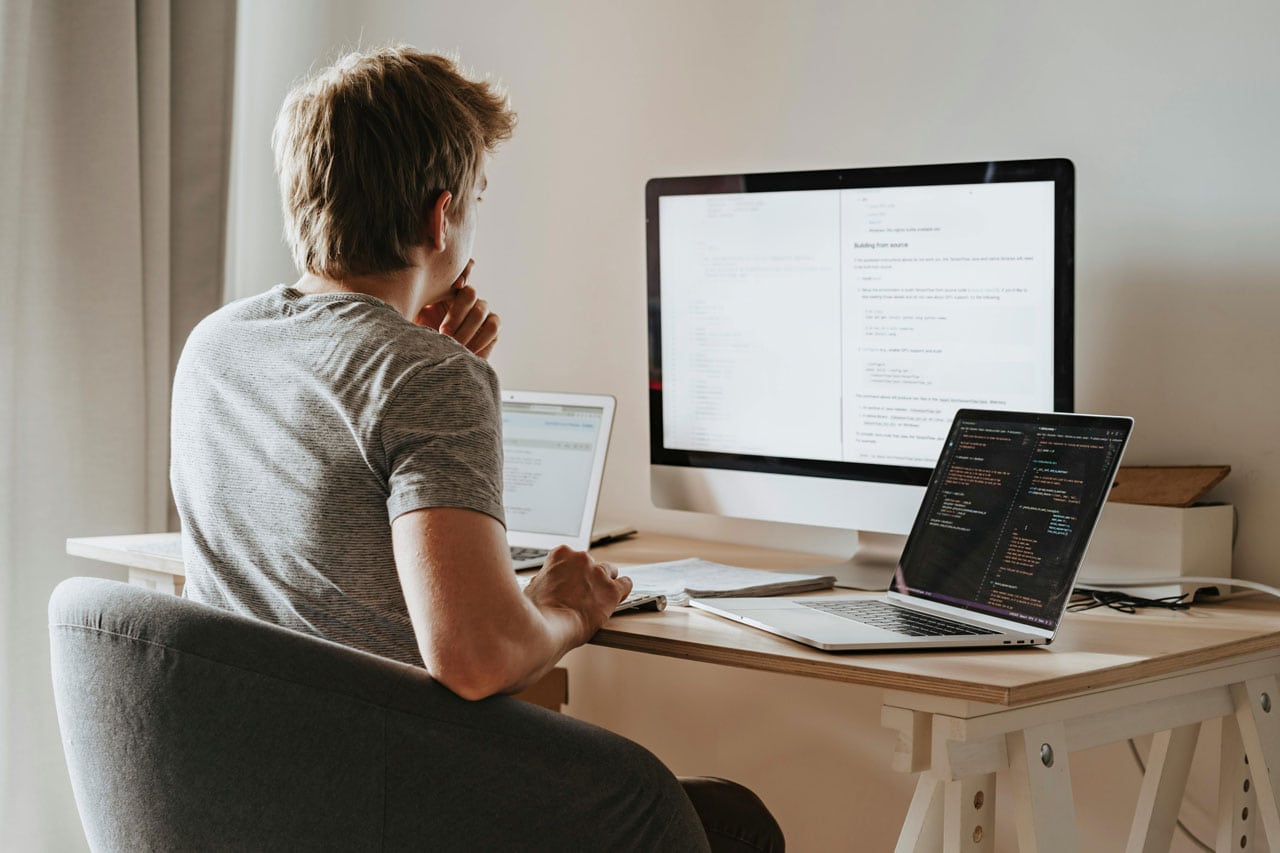
We recently got an email from Doug, an enthusiastic active sitting convert that read in part: “… the seat disappears”. We’ve heard this phrase before from other customers who are pleasantly surpr...
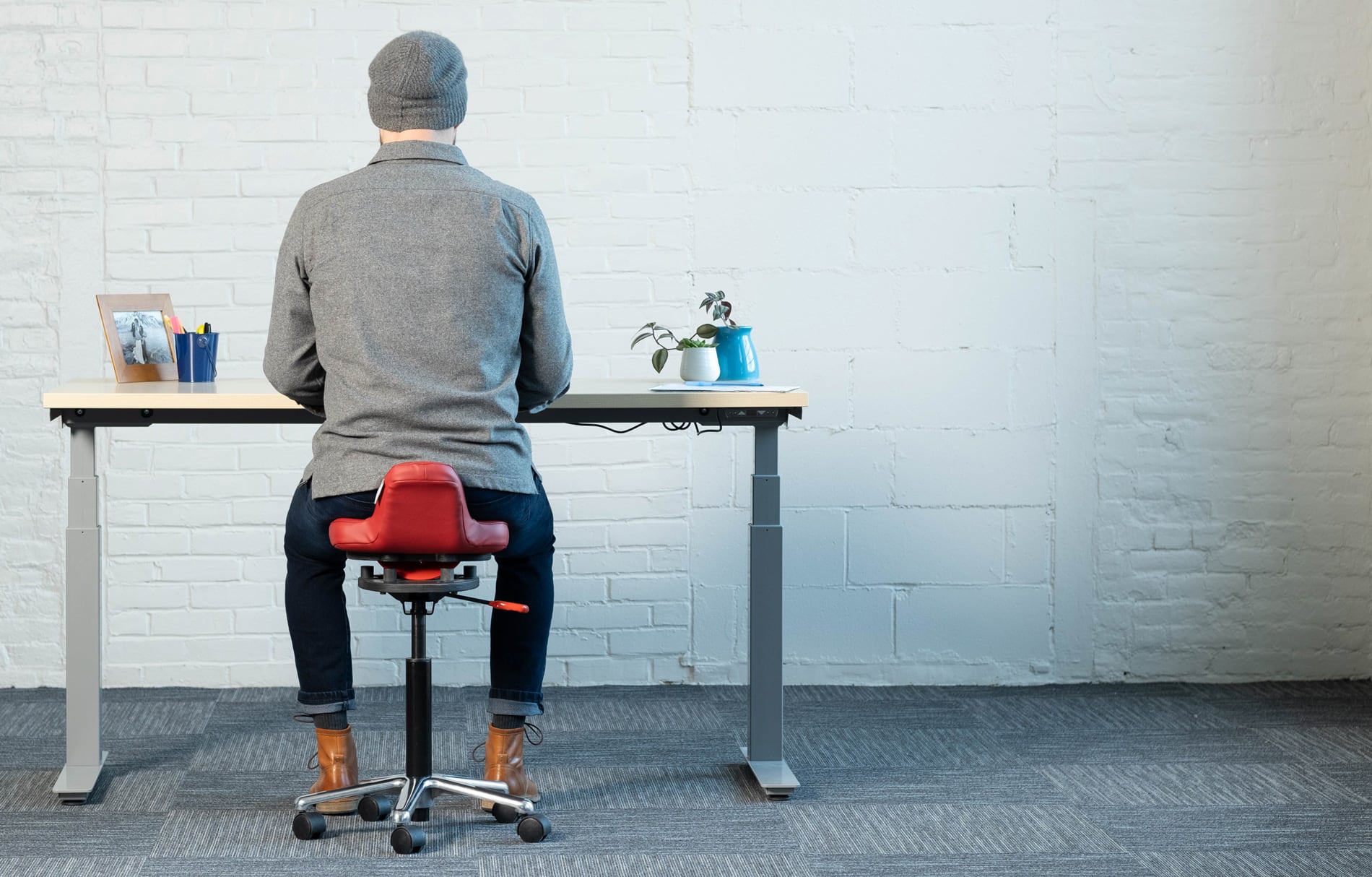
Active Sitting: From the Hysterical to the Practical
Active sitting, mechanically assisted Sitting, and beyond I was reminded of a delightful video clip recently by a morning eNewsLetter (The Hustle). If you haven’t seen The Hawaii Chair in action, y...

